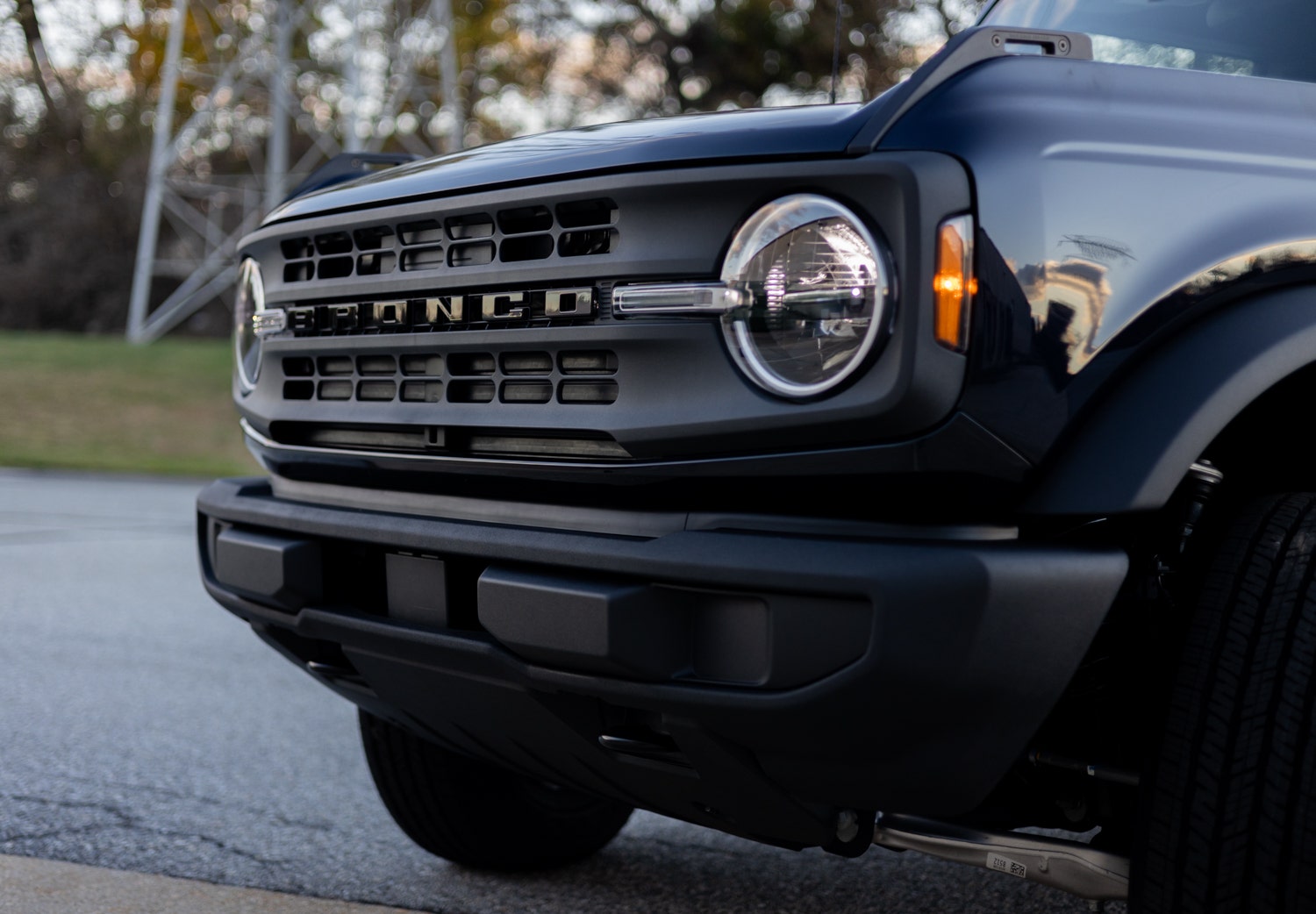
Wild Breath - 2021+ Ford Bronco 2.3L/2.7L Performance Air Intake R&D, Part 2 - 2.3L Design Plans
Our Bronco Performance Intake kits are now available! Clickhereto grab yours today!
Compromise is a common thread through the Bronco fleet. These towering off-roaders are destined for the great outdoors but will likely spend most of their time cruising America's interstates. Compromises continue with the shared components between the different engine options found under the Bronco's hood, which means meeting in the middle in terms of performance. While these trucks aren't necessarily built for speed, that doesn't mean they can't be turned into speed demons.
Intakes are always the first step toward changing the demeanor of your vehicle, with the 2.3L Bronco being no exception. As we dig further into the development of our kit, the compromises continue, however. For starters, the Bronco essentially requires additional tuning to make full use of bolt-on upgrades due to MAP or speed-density-based base fuel programming. We dig deeper into the differences in tuning in our tech post, but the abridged version is that this tuning style compensates fueling for the additional airflow, which, in turn, maintains power figures. So, no matter how much the flow is increased over the OEM unit, the ECU will balance things out, which typically only maintains power figures rather than giving an immediate boost, ideal for vehicle efficiency.
So why even install a performance intake then? We're glad you asked. Even on speed density vehicles, intakes are a crucial part of enhancing your platform for the best results from your performance tune. Tuning these turbo vehicles generally involves increasing boost pressure, which will require additional airflow, which is where the free-flowing intake comes into play.
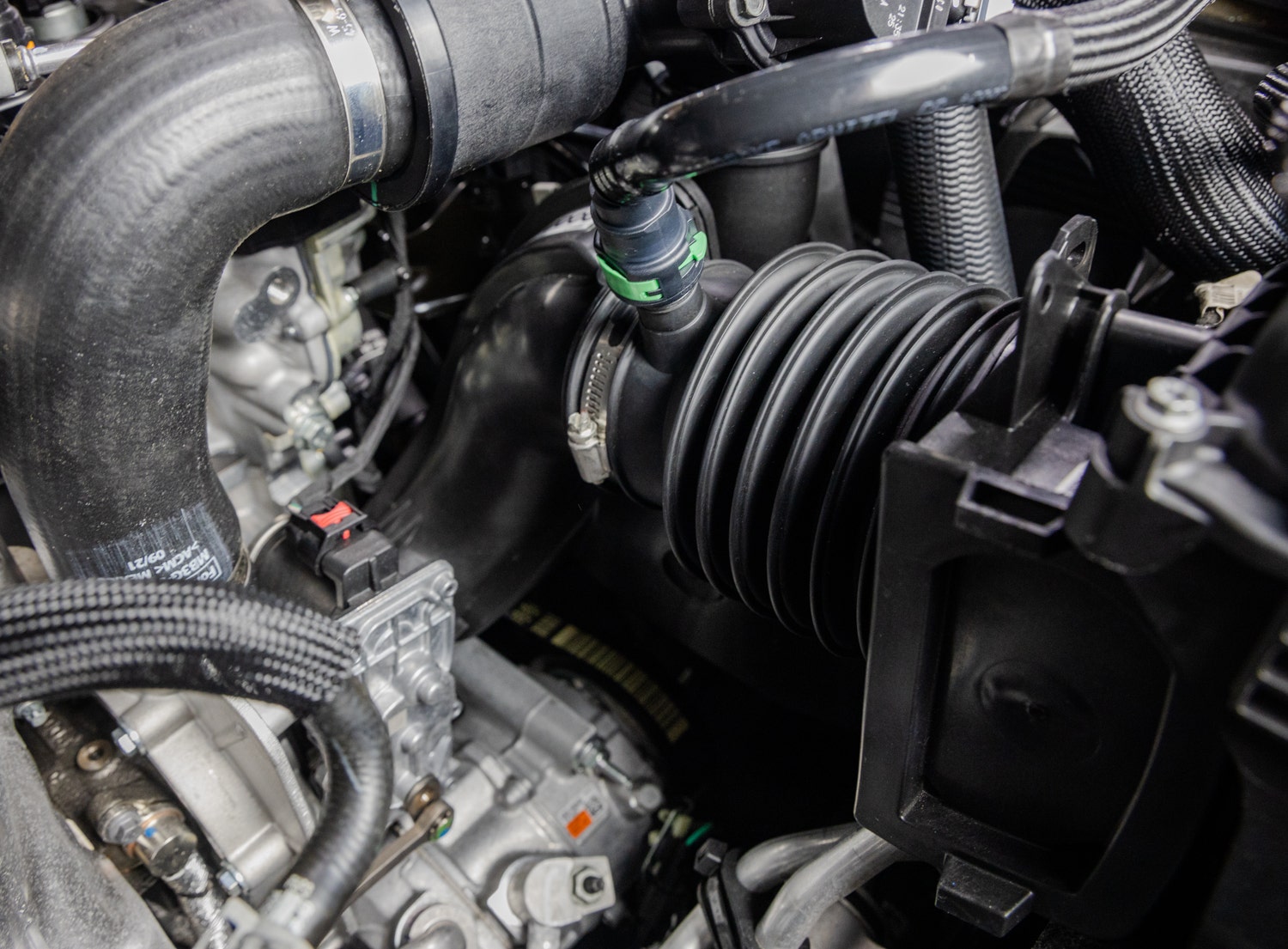
Increasing flow for an intake kit typically involves removing or reducing some of the vehicle's standard emissions equipment, which would be the case for the 2.3L Bronco. While we're all for maximizing performance here at Mishimoto, we're also advocates for the environment, doing what we can to reduce the harm to our lovely Earth that these Broncos are designed to explore. So, we made a compromise of our own in terms of the intake design, and we're opting to retain the factory emissions equipment housed in a decent portion of the stock intake.
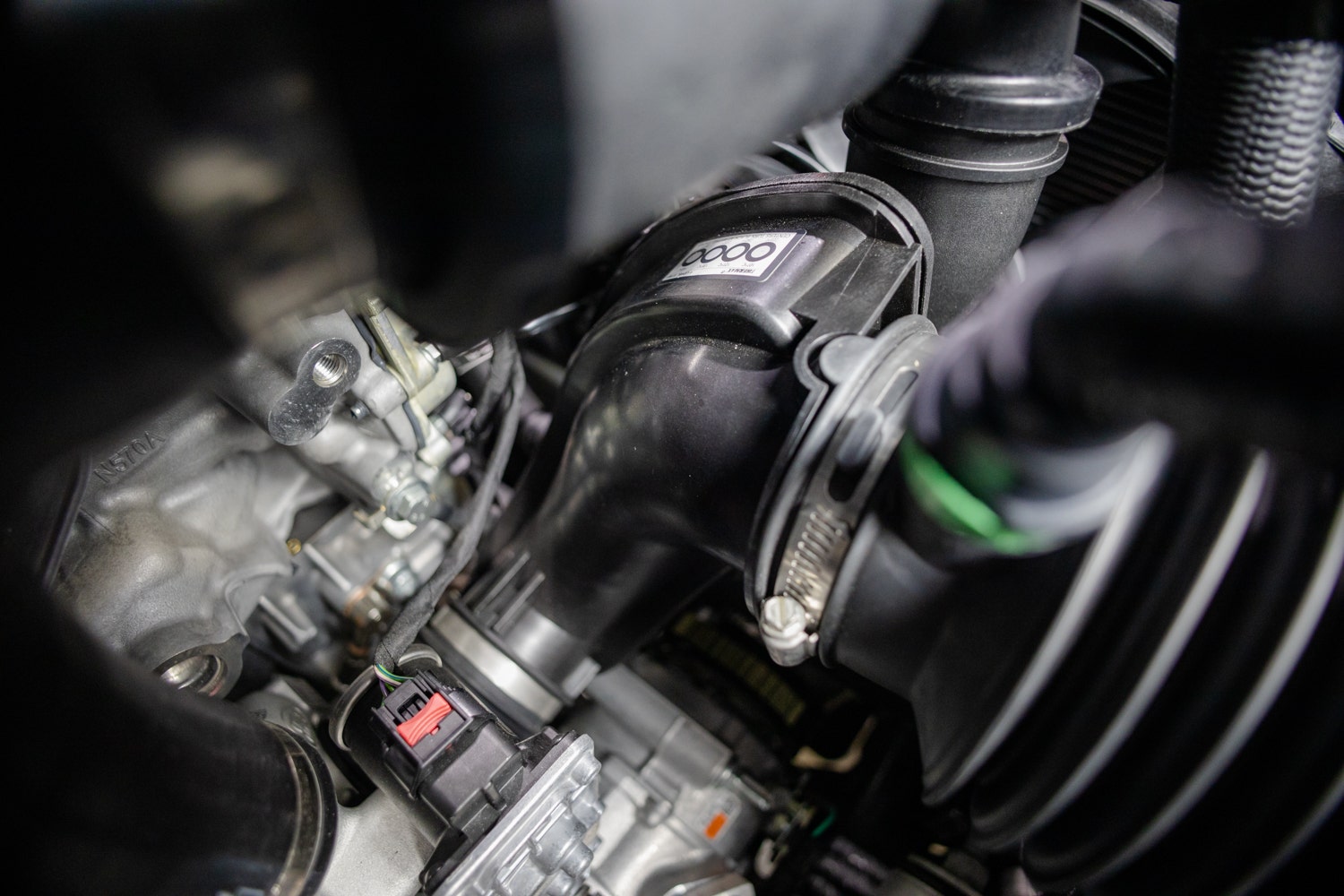
From the factory, the intake piping for the 2.3L Bronco is split into two sections. The first is the rubber accordion-style flex hose, with the second being the plastic piping housing carbon traps and the other emissions equipment. We're focusing on maximizing flow through the first half of the intake piping for the best of both worlds for our design.
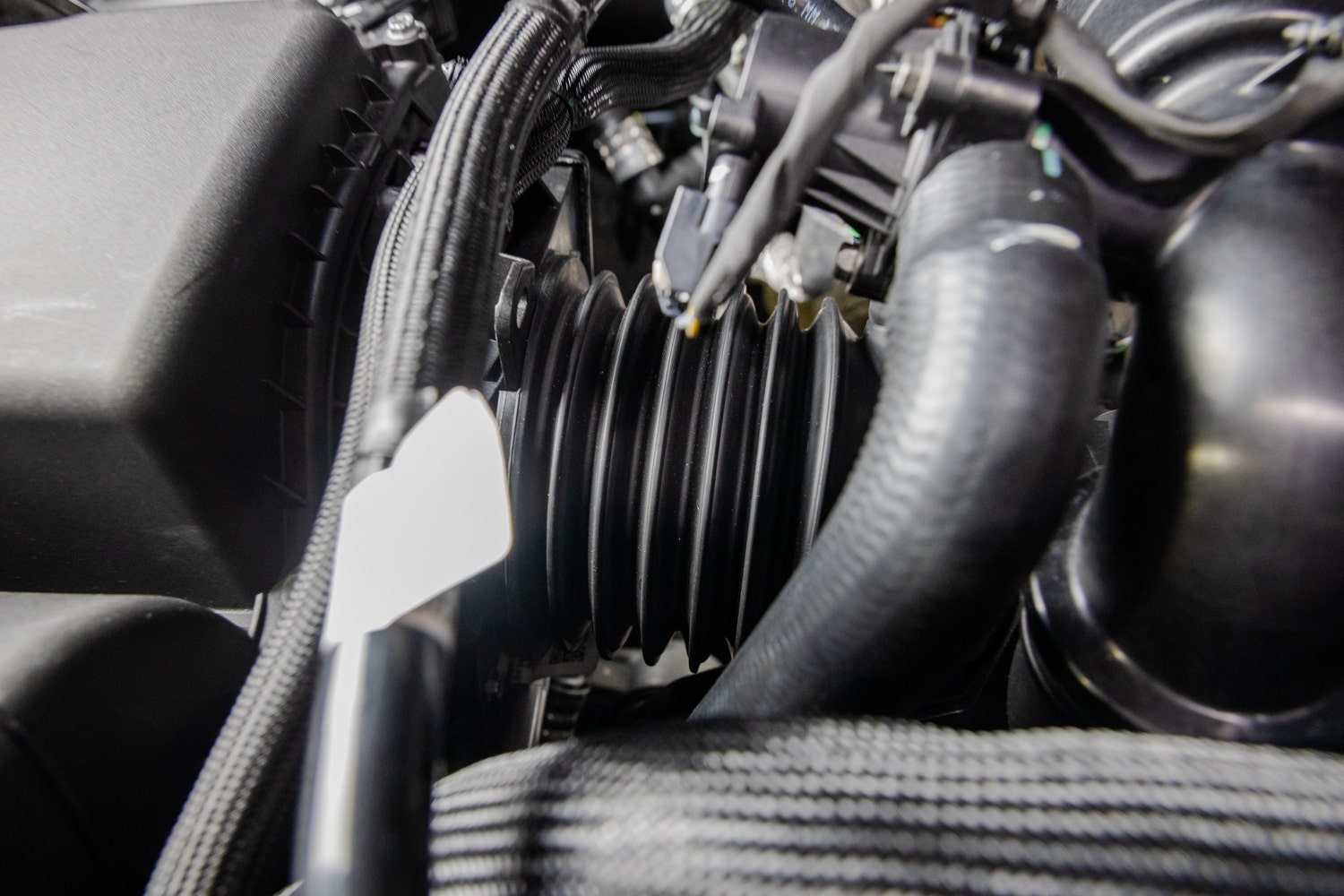
There needs to be some flex between the engine and the chassis-mounted airbox to keep things securely attached, hence this flex pipe. While this piece is effective and inexpensive to produce, it's a primary culprit for inhibiting airflow to the rest of the system. In addition, the irregular interior shape, combined with the collection of hard edges, cause turbulence and presents restriction in the intake system. This rubber construction is also prone to degrade over time.

We plan to replace this section with a short rotational molded section and a short silicone coupler to retain vital wiggle room. Our new intake piping will be constructed from the same durable polyethylene that our airbox will utilize. The silicone coupler will be much more resistant to the trials and tribulations of an engine bay.
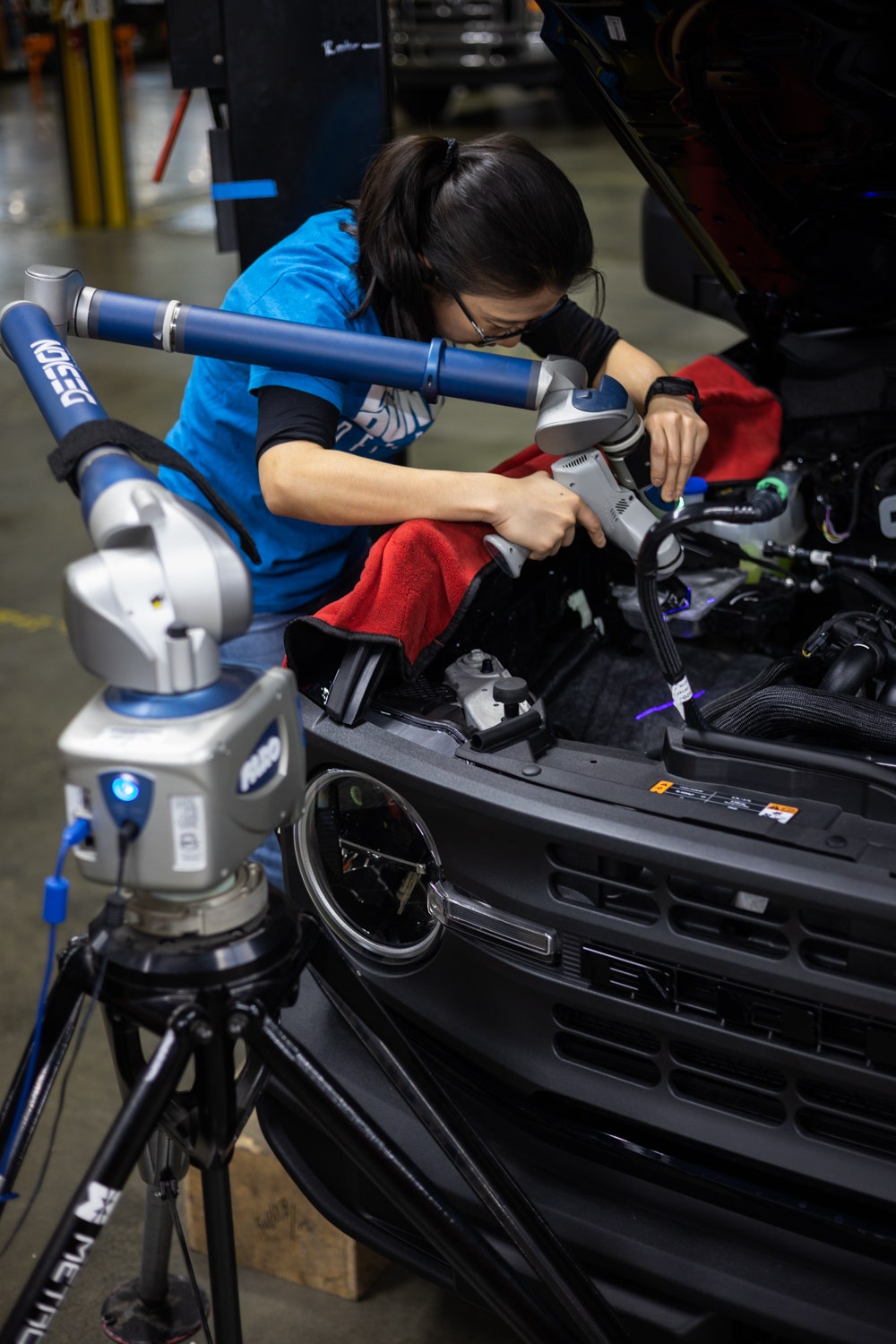
Compromise might be a common thread through the Bronco fleet, but compromise is necessary for the automotive industry. Internal combustion is constantly toeing the line between performance and emissions, and with our intake installed, we're aiming for a more powerful balance between the two. Stick around for the first look at our intake kit prototype coming soon. In the meantime, we want to know what your power goal is for your 2.3L. Let us know in the comments below!
Thanks for Reading!
-Nick




